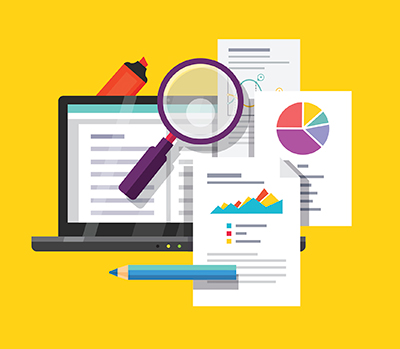A debate held at the annual Charleston Library Conference tackles the journal impact factor, with speakers looking at the metric and analyzing if it does more harm than good. The debate was moderated by Rick Anderson, Associate Dean for Collections & Scholarly Communication; and argued by Sara Rouhi, director of business development at Altmetric; and Ann Beynonn, manager at Clarivate Analytics.
A journal’s impact factor is a long-established metric intended to evaluate the relevancy of a publication by factoring the average number of times its articles were cited over the course of the prior two years. However, the metric does not reflect journals that continue to have impact long after the two year time-span.
Opening polls of the debate showed that 54 percent of all respondents believed that the impact factor does more harm than good. By the end of the debate, that number had grown to 57 percent. However, because the debate garnered a small number of attendees, the vote does not represent a true statistical significance.
Read full transcripts here.


 A journal’s impact factor looks at the number of citations within a particular year, but the significance of some research exceeds a one year time frame. To highlight these papers, Google Scholar released their
A journal’s impact factor looks at the number of citations within a particular year, but the significance of some research exceeds a one year time frame. To highlight these papers, Google Scholar released their  Nature announced on December 8
Nature announced on December 8